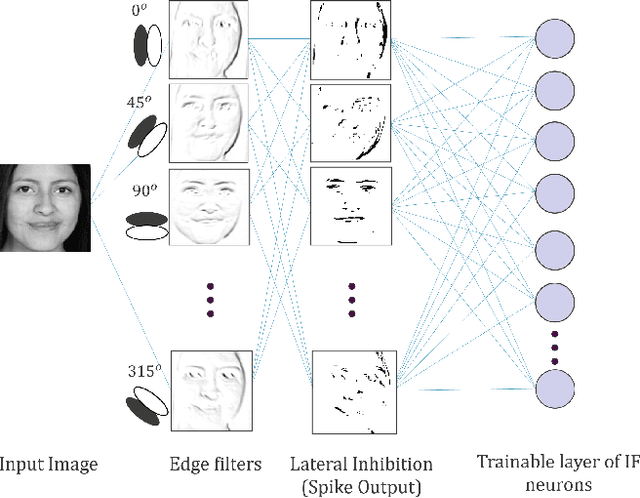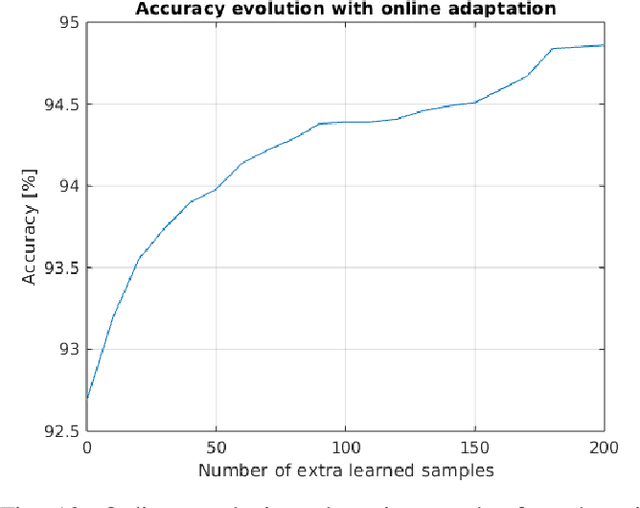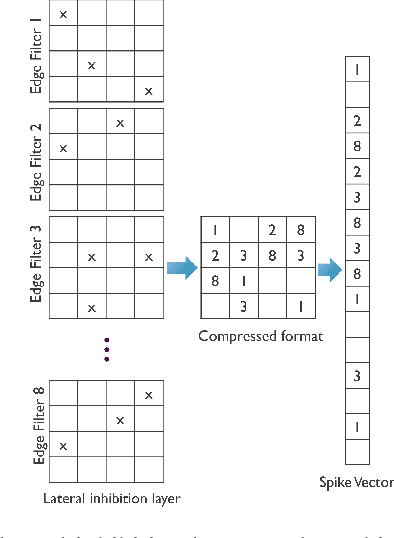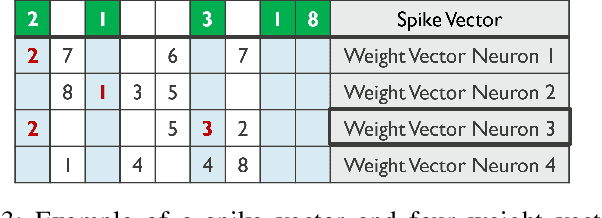Said Hamdioui
Delft University of Technology
PdNeuRAM: Forming-Free, Multi-Bit Pd/HfO2 ReRAM for Energy-Efficient Computing
May 28, 2025Abstract:Memristor technology shows great promise for energy-efficient computing, yet it grapples with challenges like resistance drift and inherent variability. For filamentary Resistive RAM (ReRAM), one of the most investigated types of memristive devices, the expensive electroforming step required to create conductive pathways results in increased power and area overheads and reduced endurance. In this study, we present novel HfO2-based forming-free ReRAM devices, PdNeuRAM, that operate at low voltages, support multi-bit functionality, and display reduced variability. Through a deep understanding and comprehensive material characterization, we discover the key process that allows this unique behavior: a Pd-O-Hf configuration that capitalizes on Pd innate affinity for integrating into HfO2. This structure actively facilitates charge redistribution at room temperature, effectively eliminating the need for electroforming. Moreover, the fabricated ReRAM device provides tunable resistance states for dense memory and reduces programming and reading energy by 43% and 73%, respectively, using spiking neural networks (SNN). This study reveals novel mechanistic insights and delineates a strategic roadmap for the realization of power-efficient and cost-effective ReRAM devices.
Energy-efficient SNN Architecture using 3nm FinFET Multiport SRAM-based CIM with Online Learning
Oct 11, 2024



Abstract:Current Artificial Intelligence (AI) computation systems face challenges, primarily from the memory-wall issue, limiting overall system-level performance, especially for Edge devices with constrained battery budgets, such as smartphones, wearables, and Internet-of-Things sensor systems. In this paper, we propose a new SRAM-based Compute-In-Memory (CIM) accelerator optimized for Spiking Neural Networks (SNNs) Inference. Our proposed architecture employs a multiport SRAM design with multiple decoupled Read ports to enhance the throughput and Transposable Read-Write ports to facilitate online learning. Furthermore, we develop an Arbiter circuit for efficient data-processing and port allocations during the computation. Results for a 128$\times$128 array in 3nm FinFET technology demonstrate a 3.1$\times$ improvement in speed and a 2.2$\times$ enhancement in energy efficiency with our proposed multiport SRAM design compared to the traditional single-port design. At system-level, a throughput of 44 MInf/s at 607 pJ/Inf and 29mW is achieved.
EON-1: A Brain-Inspired Processor for Near-Sensor Extreme Edge Online Feature Extraction
Jun 25, 2024



Abstract:For Edge AI applications, deploying online learning and adaptation on resource-constrained embedded devices can deal with fast sensor-generated streams of data in changing environments. However, since maintaining low-latency and power-efficient inference is paramount at the Edge, online learning and adaptation on the device should impose minimal additional overhead for inference. With this goal in mind, we explore energy-efficient learning and adaptation on-device for streaming-data Edge AI applications using Spiking Neural Networks (SNNs), which follow the principles of brain-inspired computing, such as high-parallelism, neuron co-located memory and compute, and event-driven processing. We propose EON-1, a brain-inspired processor for near-sensor extreme edge online feature extraction, that integrates a fast online learning and adaptation algorithm. We report results of only 1% energy overhead for learning, by far the lowest overhead when compared to other SoTA solutions, while attaining comparable inference accuracy. Furthermore, we demonstrate that EON-1 is up for the challenge of low-latency processing of HD and UHD streaming video in real-time, with learning enabled.
A Lightweight Architecture for Real-Time Neuronal-Spike Classification
Nov 08, 2023Abstract:Electrophysiological recordings of neural activity in a mouse's brain are very popular among neuroscientists for understanding brain function. One particular area of interest is acquiring recordings from the Purkinje cells in the cerebellum in order to understand brain injuries and the loss of motor functions. However, current setups for such experiments do not allow the mouse to move freely and, thus, do not capture its natural behaviour since they have a wired connection between the animal's head stage and an acquisition device. In this work, we propose a lightweight neuronal-spike detection and classification architecture that leverages on the unique characteristics of the Purkinje cells to discard unneeded information from the sparse neural data in real time. This allows the (condensed) data to be easily stored on a removable storage device on the head stage, alleviating the need for wires. Our proposed implementation shows a >95% overall classification accuracy while still resulting in a small-form-factor design, which allows for the free movement of mice during experiments. Moreover, the power-efficient nature of the design and the usage of STT-RAM (Spin Transfer Torque Magnetic Random Access Memory) as the removable storage allows the head stage to easily operate on a tiny battery for up to approximately 4 days.
 Add to Chrome
Add to Chrome Add to Firefox
Add to Firefox Add to Edge
Add to Edge